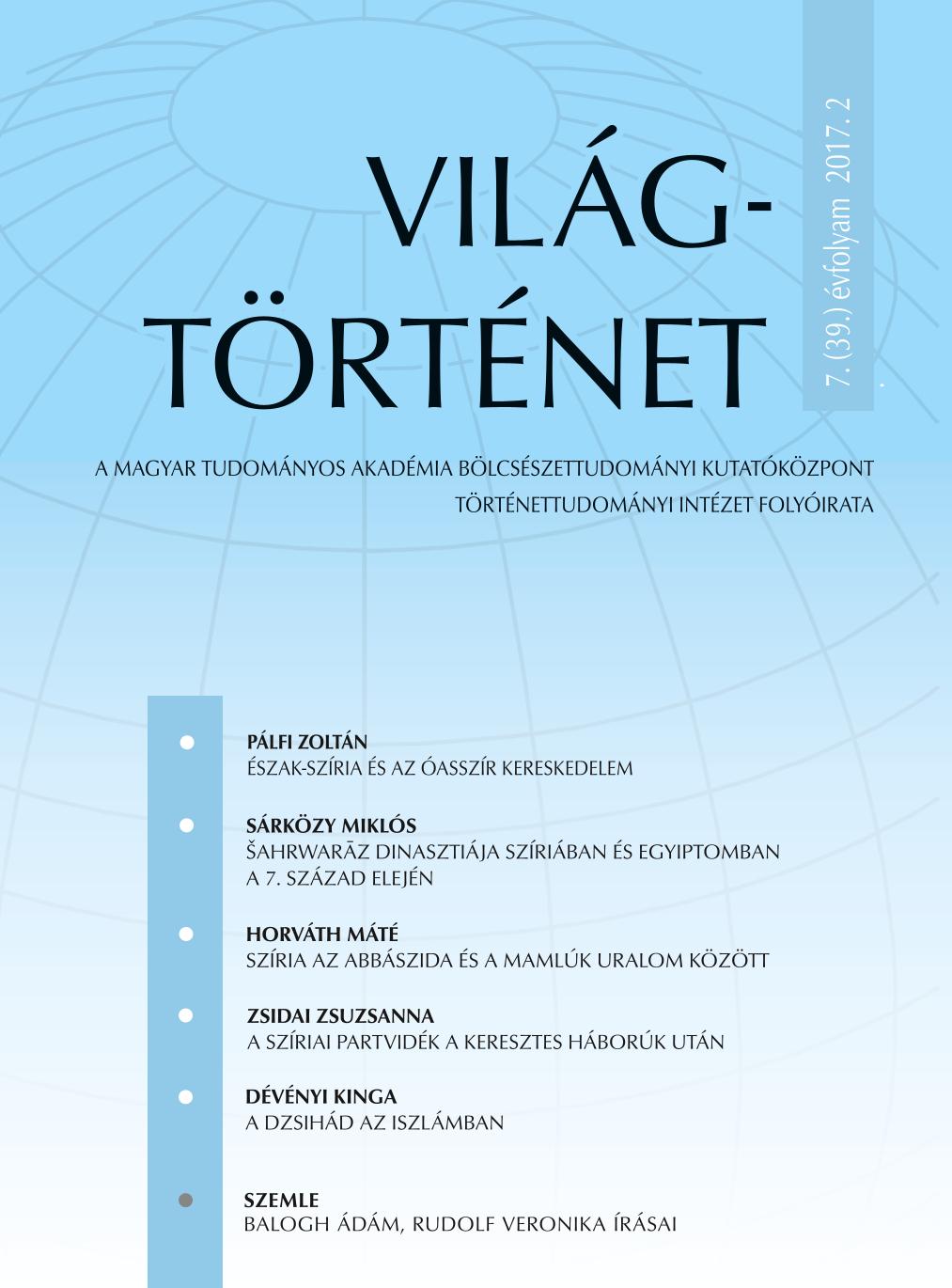Author(s): Kristóf Hajnóczi / Language(s): Hungarian
Issue: 1/2019
The sixteenth century was an interesting time from the point of view of the luck of the works of Dante Alighieri. The Monarchia has had a bit different story from the vernacular works of Dante. Barbi in his work of four hundred pages devotes two pages there. The latin text, under the ecclesiastical ban for almost two centuries, it seems, does not arouse much curiosity from the part of the humanists of late fifteenth, early sixteenth century. The situation changed in the midsixteenth century. The reorganization of ecclesiastical institutions in defence of the orthodox Catholic faith, as first compilation of various regional lists of books for now discouraged or prohibited by reading marks the beginning of a different era especially compared to the two previous decades, years in which, on the contrary, first in Venice, but also in smaller cities such as Ferrara, Modena or were printed many works of heterodox matrix. The first attempts to compile such lists, the first and the second Mlilano in Venice by the Apostolic Nuncio to the Republic of Venice, Msgr. Giovanni Della Casa, focus almost exclusively on the works of dubious origin or heterodox obvious matrix Protestant, recently released. Thus, in the Catalogo of Della Casa in 1549 there is not any reference to works previously already condemned by the Church, such as the Monarchia of Dante. The Florentine list however, at the end of 1552, lists among the works to avoid the “Monarchia Dantis,” ban that will be repeated in the list of Venice of 1554 and will have a further confirmation in the Roman Index in 1559, in the latter place with a brief explanation. The first printed edition of the Monarchia was released in October 1559 in Basel, work of Johann Oporinus, even not as an independent work, but in the appendix, with three other texts, titled De formula Romani Imperii Libellus by Andrea Alciato. So in Florence in 1552 was banned a manuscript text yet. This manuscript, however, has disappeared as a result, so it seems according to research by Gian Paolo Renello, prior to the new edition of Dante to the next anniversary of the Florentine poet. To draw attention to the appearance in the various lists of banned books of Dante’s Pier Paolo Vergerio (1498–1565), recently deposed bishop of Capodistria, which in the same period in 1550 in his Swiss exile tries to fight the Catholic Church, inventing the genre of “controindici” or “corrected indexes”, correcting, completing and reviewing the Catholic lists always personally. When, at the end of the proceedings of the Council of Trent Roman exits the central list of banned books in his response Vergerio does not leave without words that the Monarchia of Dante is always present in. We do not know, what was his role in bringing the manuscript to prevent Basel, which is based not only on the edtio princeps but also the conteporary German version by Heroldt, nor how the other Istrian, Matja Vlacic, latinized as Flacius Illiricus (1520–1575), one of the closest associates of Martin Luther, has entered into possession, if not through his friend Vergerius, of Dante’s work, for use it in his Catalogus testium veritatis (1566), a turning point in the history of the European reception of the Monarchia, while convinced that the author was another Dante, a friend of Poliziano.
More...














